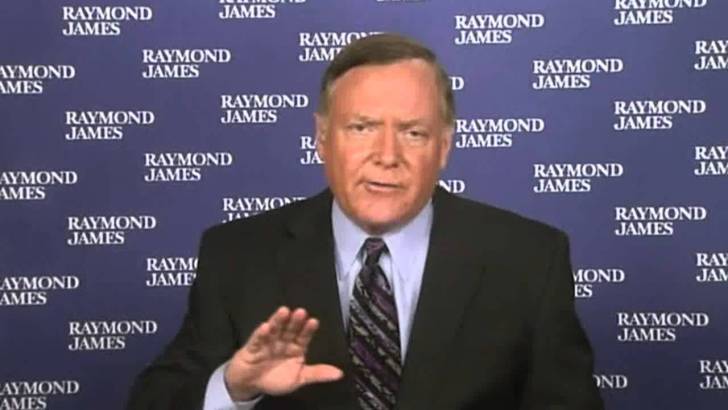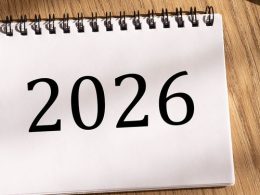Winter officially began last Sunday, with the arrival of the winter solstice. Recall that solstice means "standing-still sun;" and on December 21 at 5:23 p.m. EST the sun stood still over the southern Pacific Ocean (Tropic of Capricorn). At that time the sun's rays were directly overhead, giving the impression the sun was truly standing still.
No one is quite certain how long ago humans began heralding the solstice as a turning point, but a turning point it is; the sun will set a minute or two later each day from here until the summer solstice (June 21).
As always, I paid tribute to this year's turning point by facing the sky and screaming at the top of my lungs, which once again caused my neighbors some duress. I began this ritual decades ago, doing as the ancients did in a time long, long ago, and a place far, far away.
Next year’s summer solstice will come on June 21 at 11:54 a.m. EDT. On that day the Earth’s North Pole will be at its maximum tilt to the sun along the Tropic of Cancer (23.5 degrees north latitude), hereto making the sun appear to be standing still.
This too is a turning point, for it is typically the longest day of the year. From there the days get shorter until the winter solstice, which is typically the shortest day of the year; or as the French like to say, “The longest night of the year!”
Friday’s scream was one of many uttered over the past three months as the typically strongest final three months of the year have turned into the weakest three months of the year with the S&P 500 (SPX/2416.62) losing some 18%, from intraday high to intraday low, since our short-term proprietary model flashed a trading sell signal on October 2, 2018.
We guess we should have known 2018 was going to be a difficult year when Lucien Hooper’s “December Low Indicator” was triggered. As the Hirsch Organization quotes me in their publication The Stock Traders’ Almanac:
When the Dow closes below its December closing low in the first quarter, it is frequently an excellent warning sign. Jeffrey Saut, managing director of investment strategy at Raymond James, brought this to our attention a few years ago. The December Low Indicator was originated by Lucien Hooper, a Forbes columnist and Wall Street analyst back in the 1970s. Hooper dismissed the importance of January's first week and the entire month [indicator]. “Instead,” said Hooper, “Pay much more attention to the December low. If that low is violated during the first quarter of the New Year, watch out!”
Watch out indeed, for 2017’s December low was violated in February 2018 and the rest, as they say, is history. Accordingly, it will be interesting to see what the December Low Indicator says in 2019.
So, last week we finally got a confirmation from the D-J Industrials of the D-J Transports break below their reaction low when the Industrials broke below their March 23, 2018 (23533.20) low, registering a Dow Theory “sell signal.” As market wizard Ralph Acampora tweeted:
“Dow Theory, Part II: Important note: when the DJ Industrial Average closes below its ‘previous important secondary low’ of 23,533.20 made back in March 23, 2018, then a ‘primary bear market’ signal will be flashed. The failed rallies since its October peak are very discouraging.”
Since then we have tried to ignore the sell signal like we did in Flash Crash 1 (May 2010) and Flash Crash 2 (August 2015) because we thought them to be aberrations, which they were. Our thoughts on trying to ignore last week’s sell signal centered on the D.C. drama, China trade tensions, hedge fund liquidation, mutual fund liquidation, tax loss selling, Friday’s quadruple witch-twitch, and the Street of Dreams on holiday and consequently NO buyers.
We wrote about this selling into a vacuum of no buyers last week and noted:
To wit, hedge funds typically send out letters on November 15 advising their investors they have a six-week window to pull their investment funds from said hedge funds. That is exactly what is happening now as the guess is 150 hedge funds will close their doors at the end of this month. Combine that the long-only mutual fund liquidation, and tax loss selling, and what is happening is that participants are selling into a vacuum of NO BUYERS. Indeed, at this stage not many folks are willing to step up and buy because the PMs would not only be “betting” their performance record and their bonuses, but ultimately their jobs. That’s a bet few are willing to make.
Speaking to last week’s Dow Theory sell signal, we really cannot decide to ignore it, as we did with two previous false sell signals, or honor it because we continue to believe this is a secular bull market. That said, I raised more cash following last Wednesday’s Dow Theory sell signal because of the discipline of managing risk.
My left brain response to the sell-signal was to raise some more cash even though we think the Dow Theory sell signal was a false signal. Quite frankly, we and our models are currently confused, a state of mind we rarely find ourselves in! Fortunately, we are old enough to be able to admit that, unlike many pundits on the Street of Dreams.
*****














